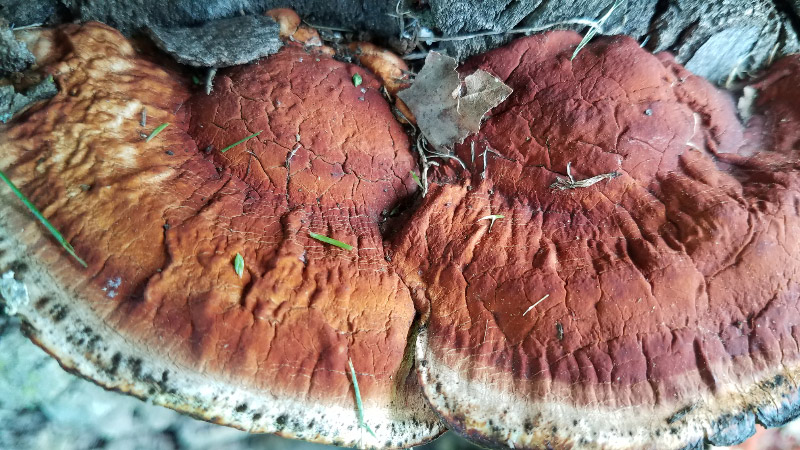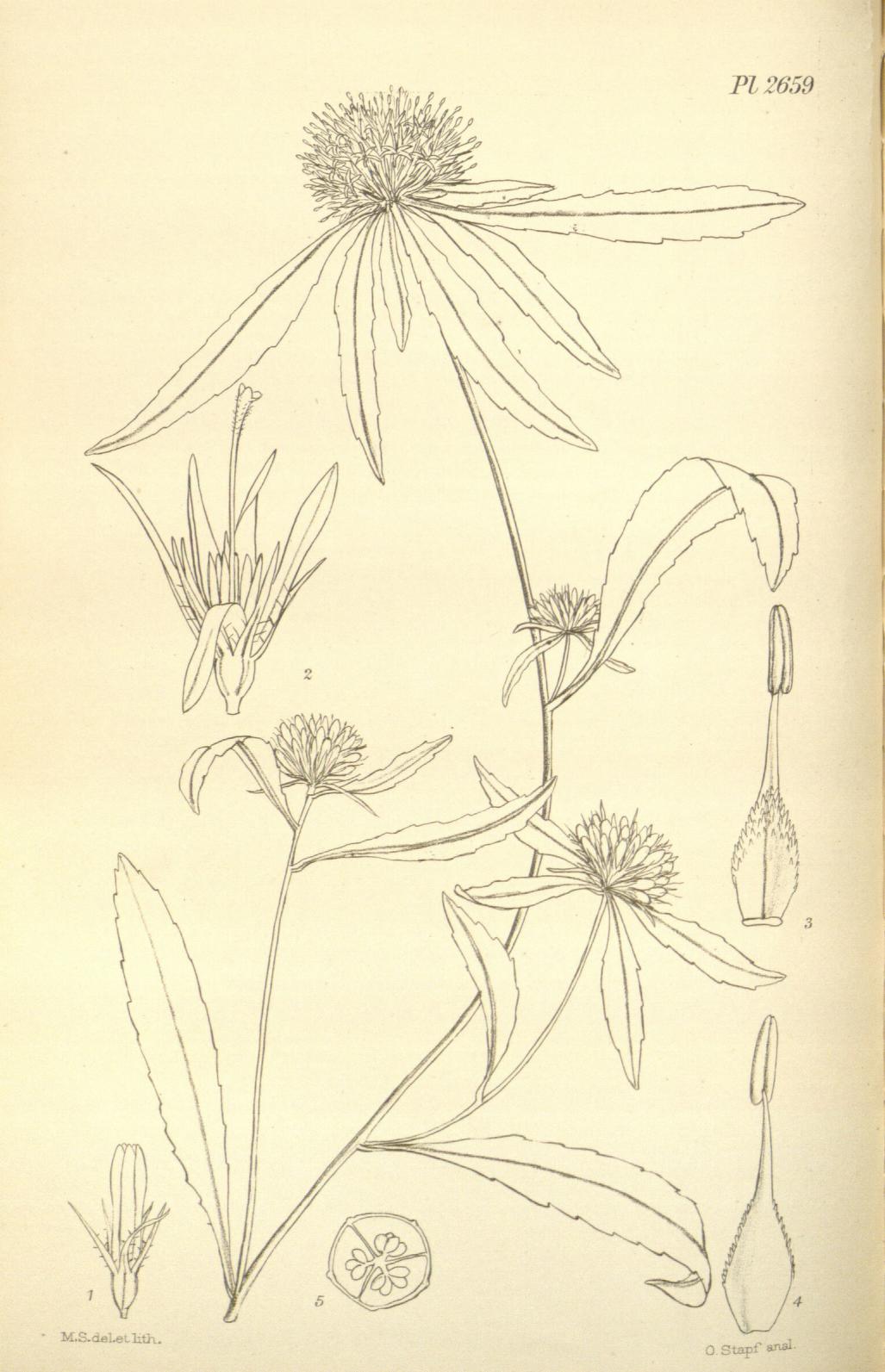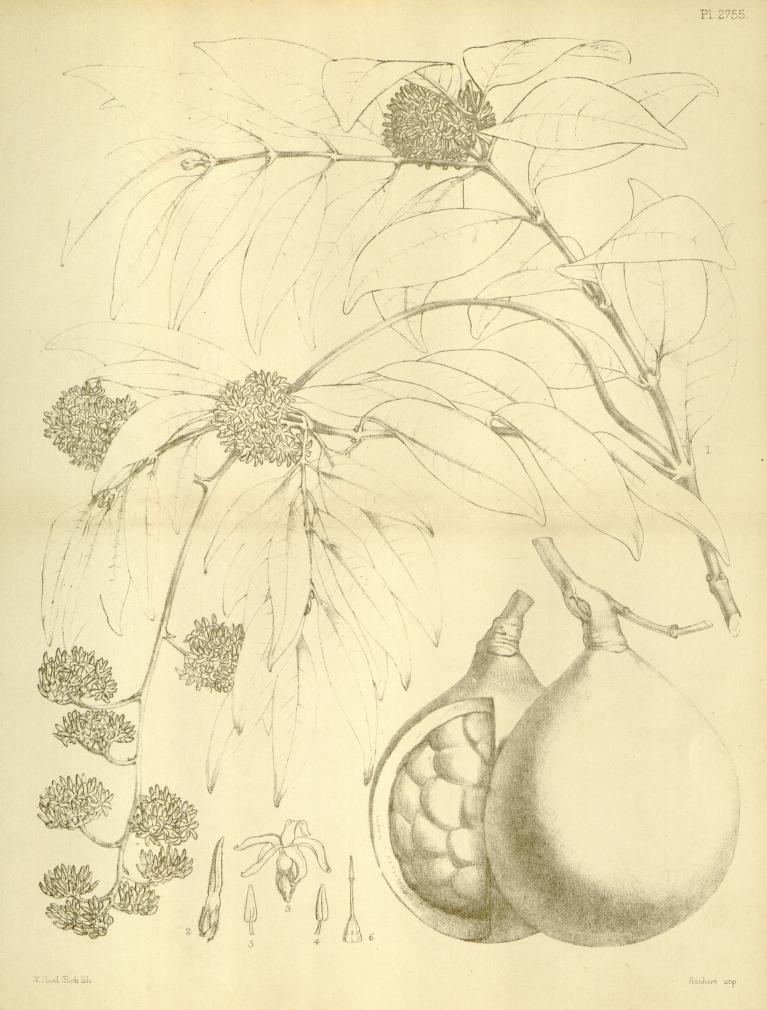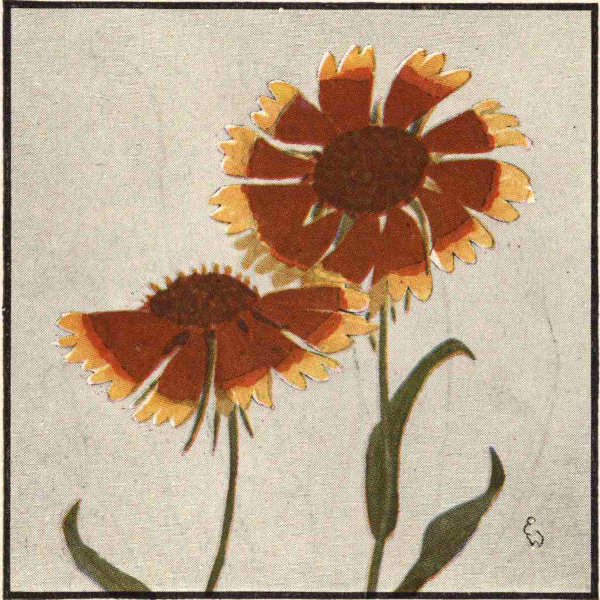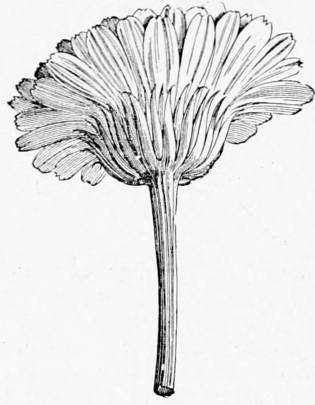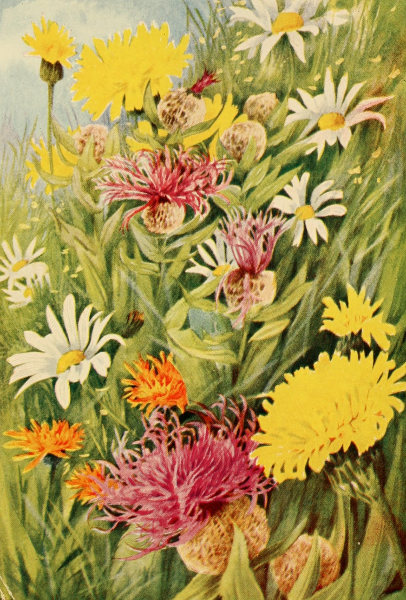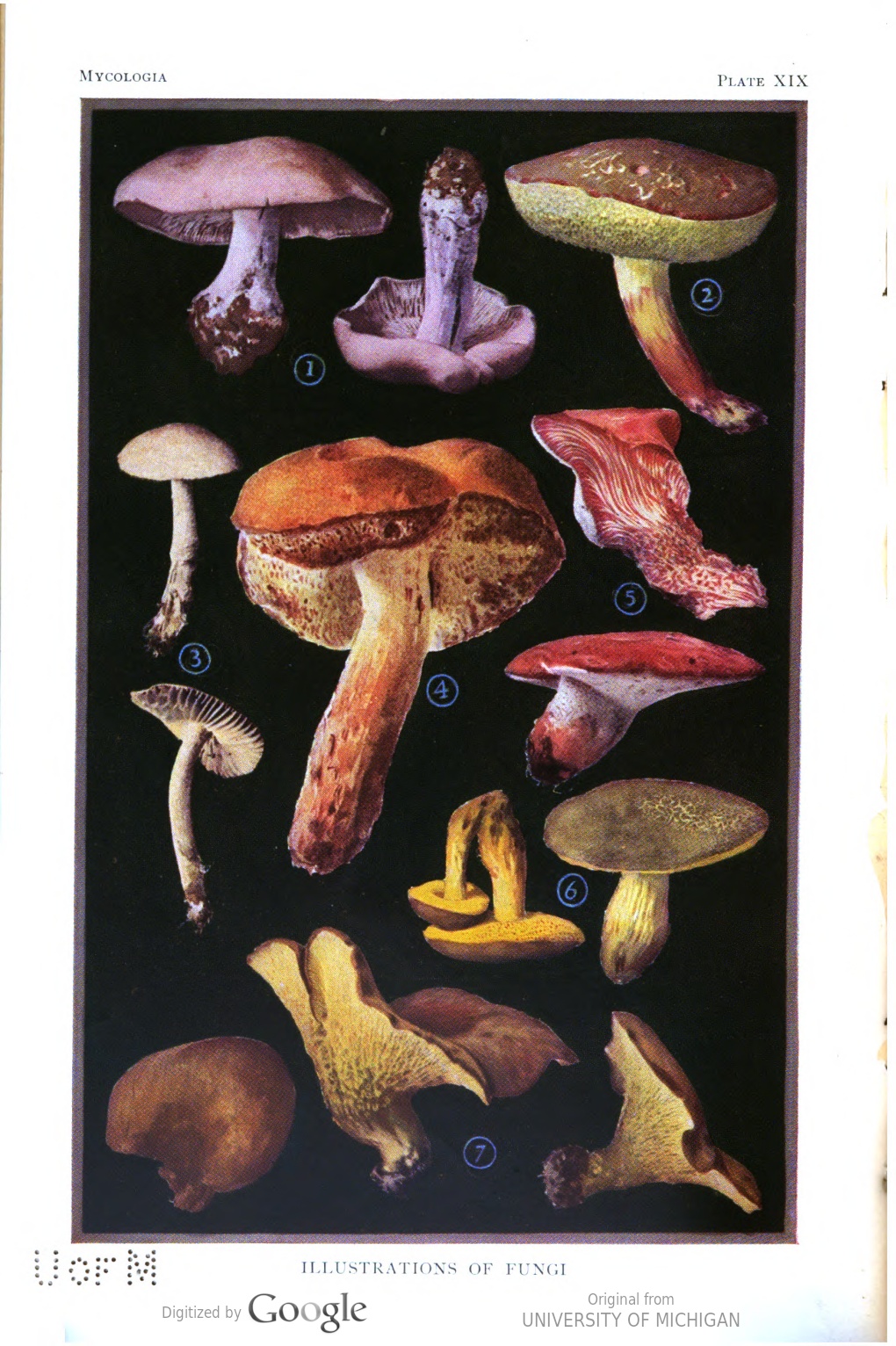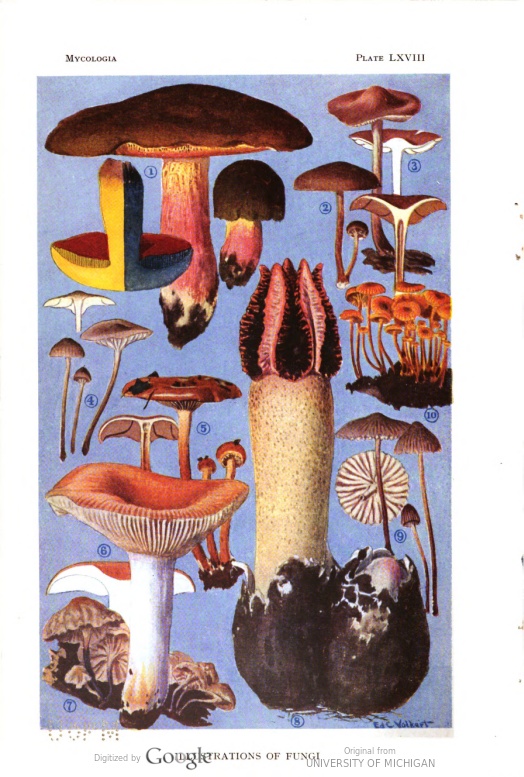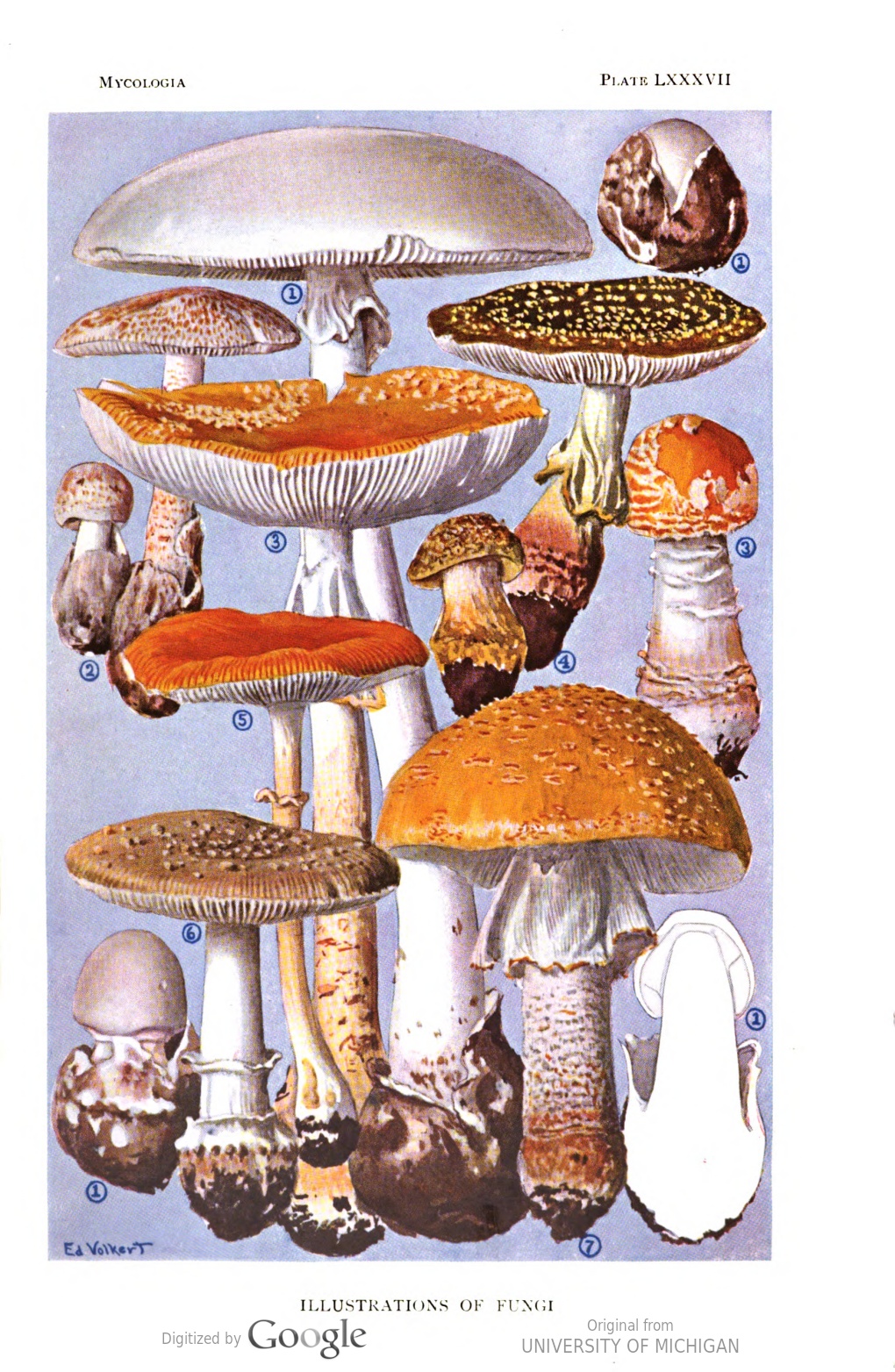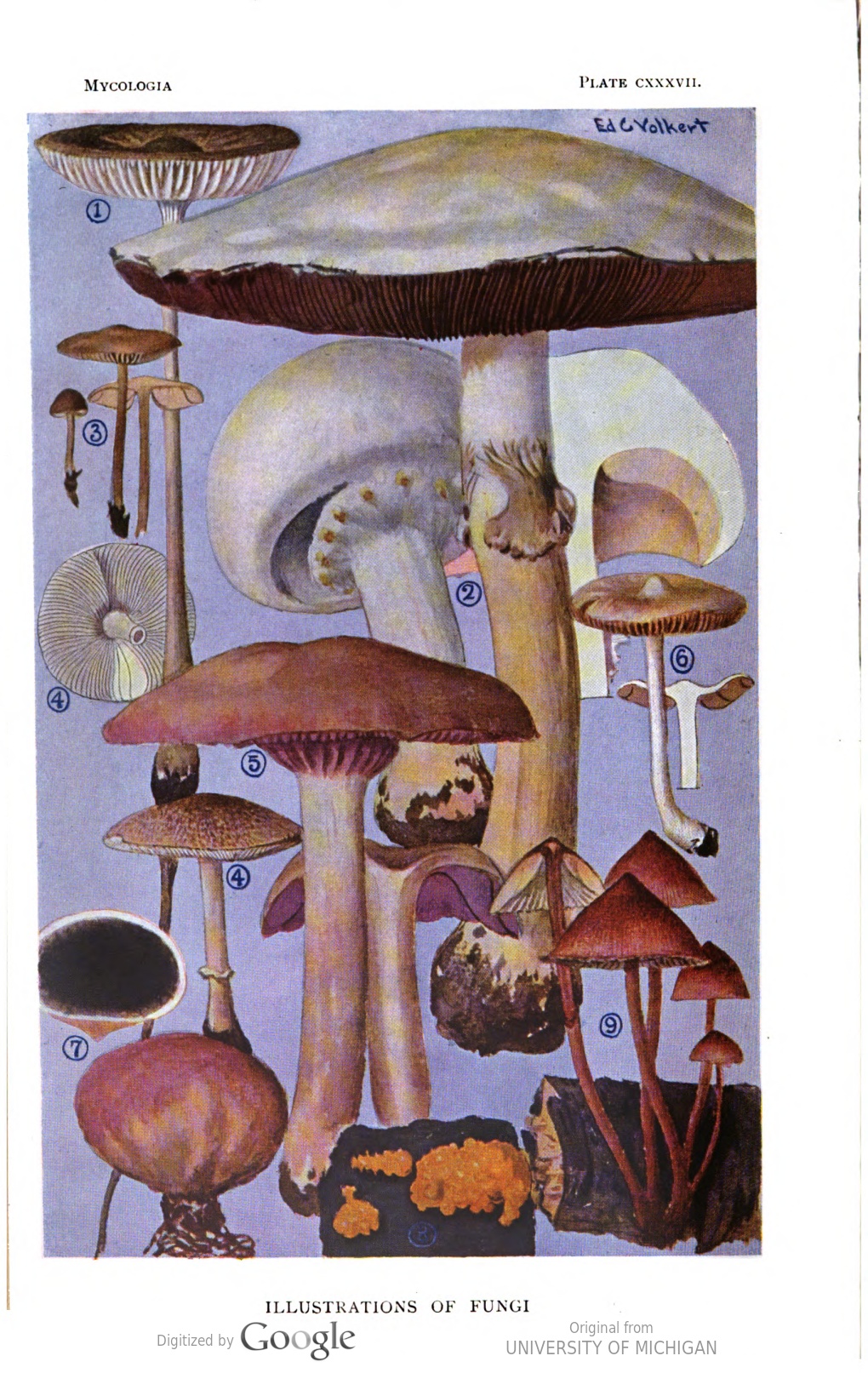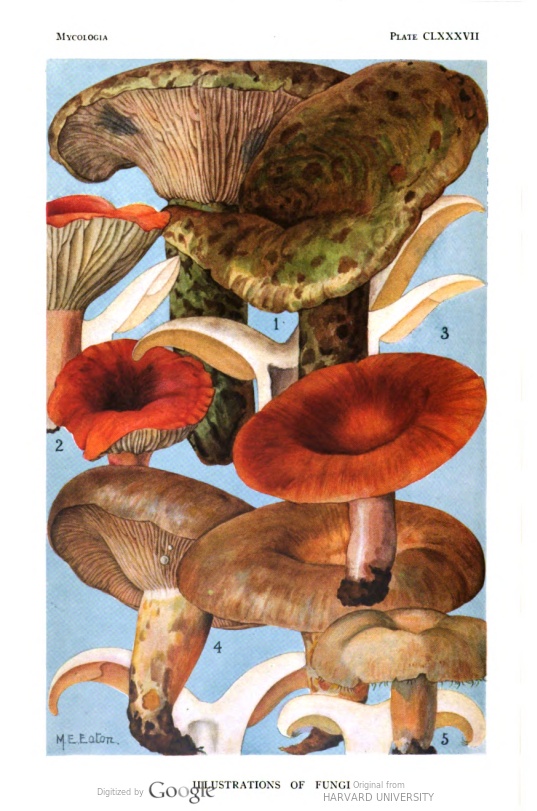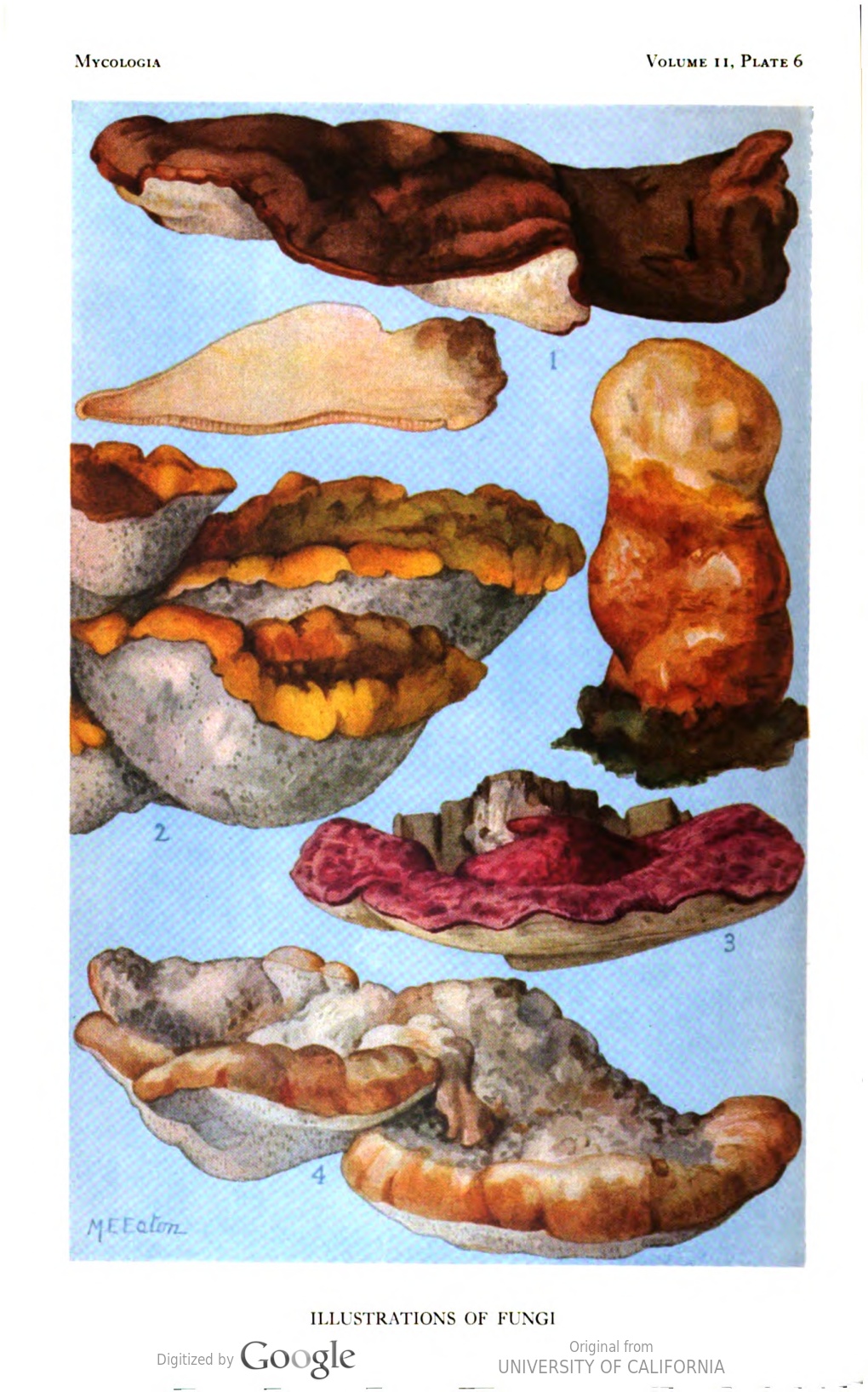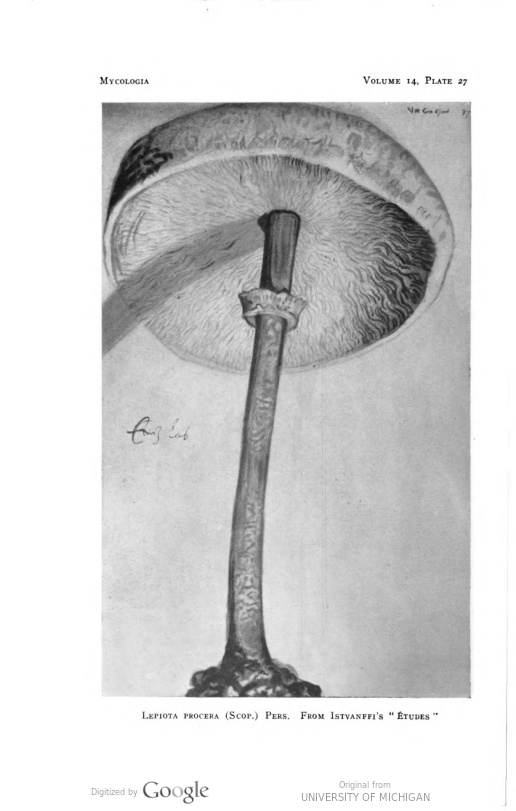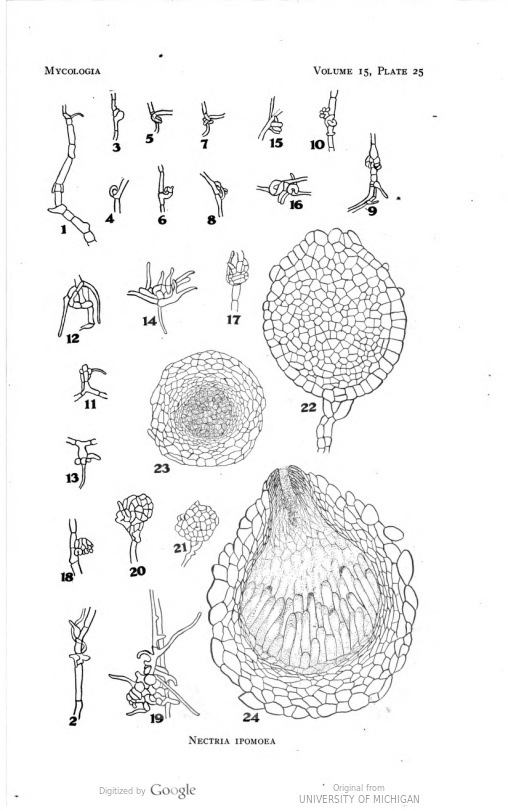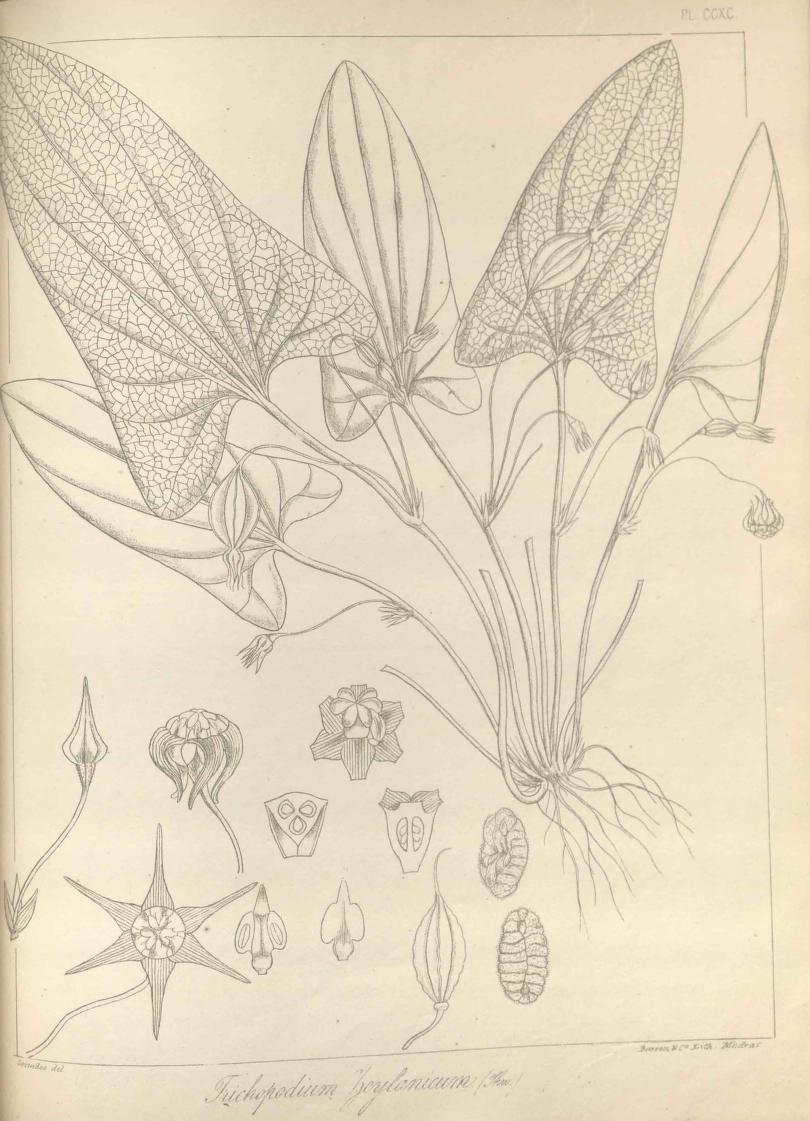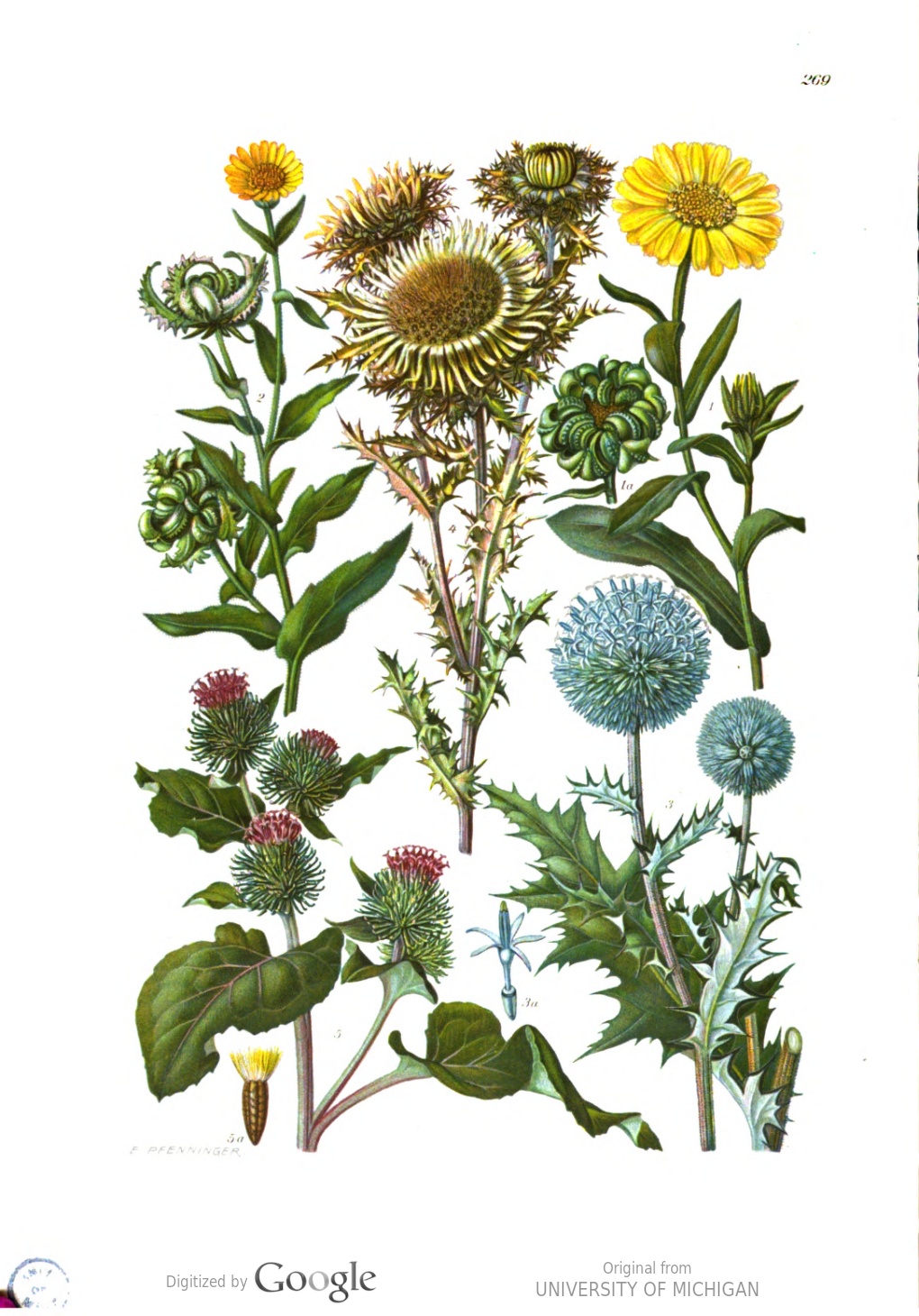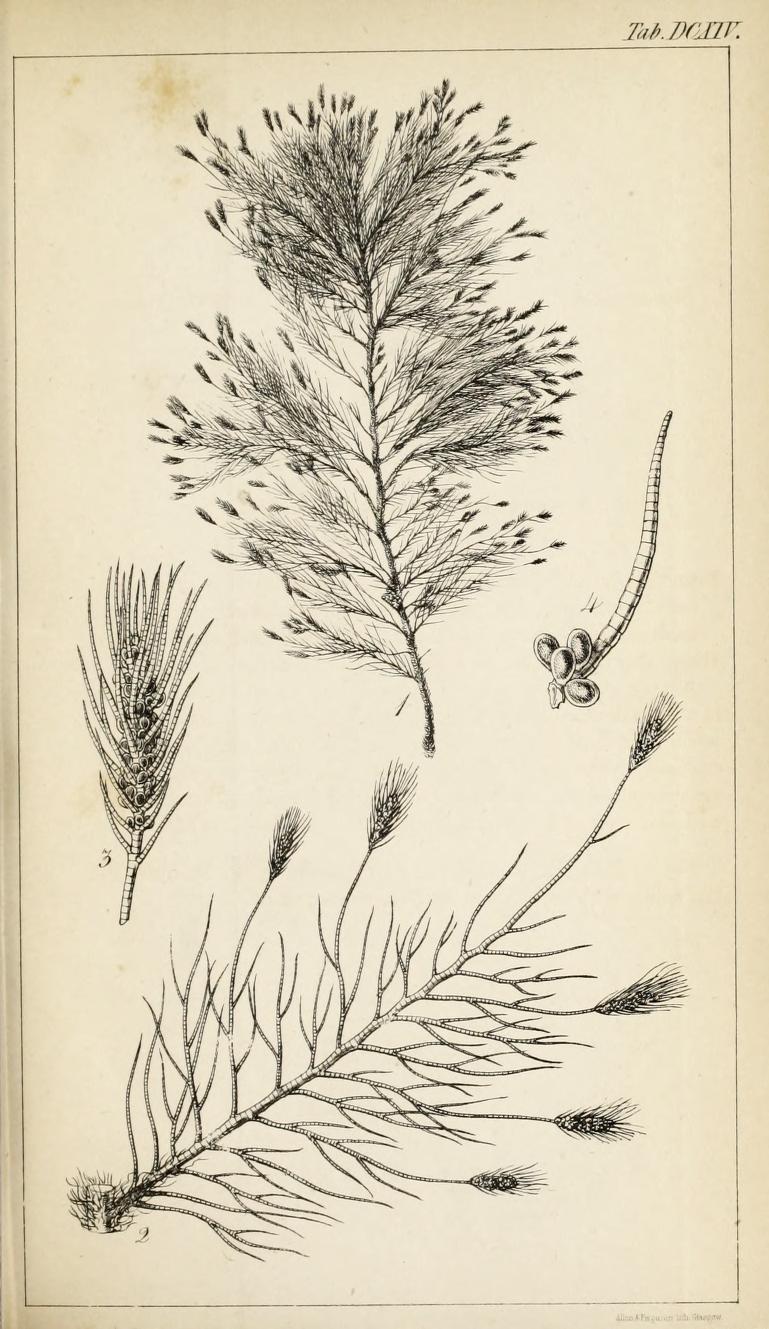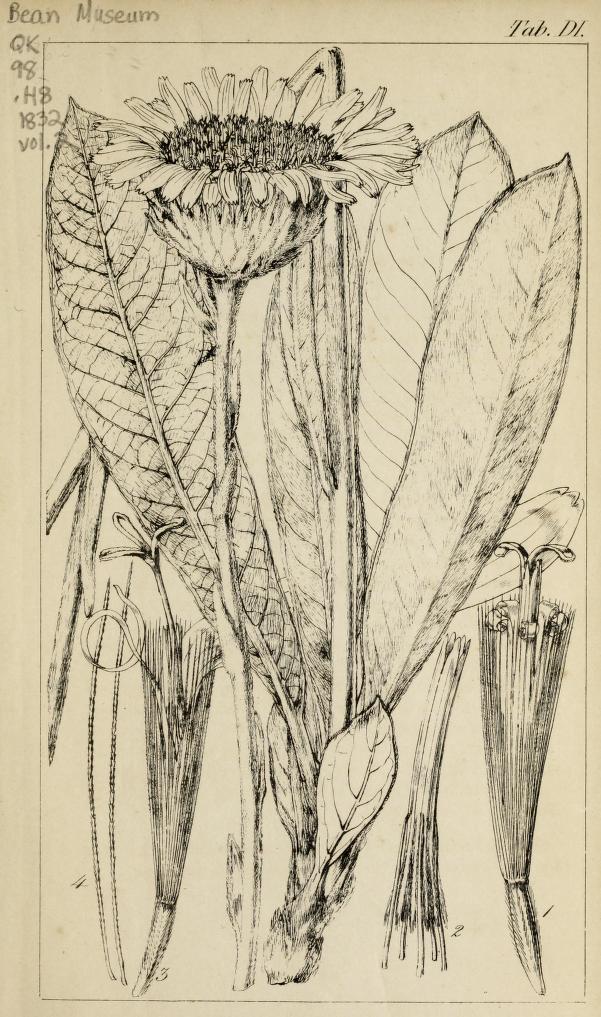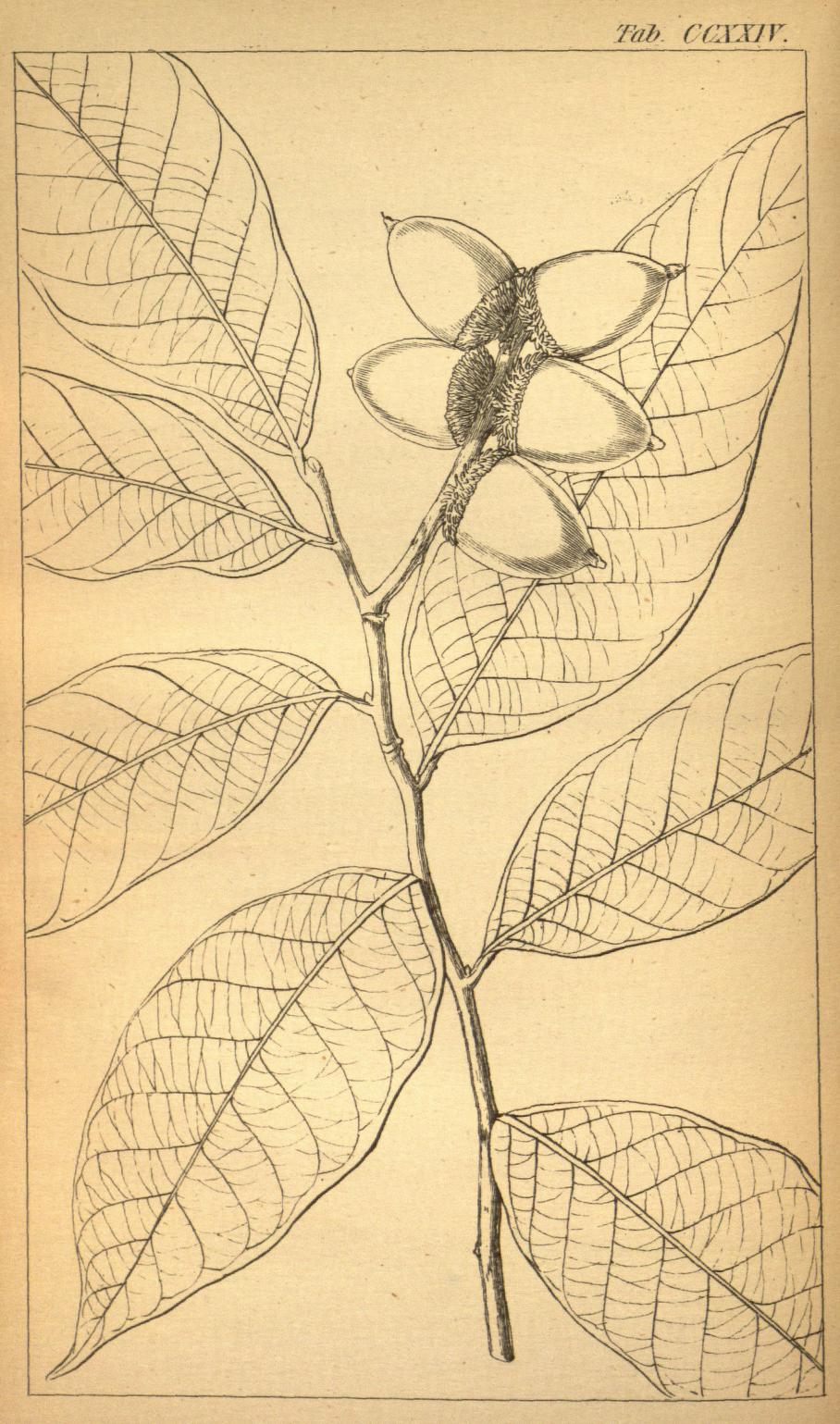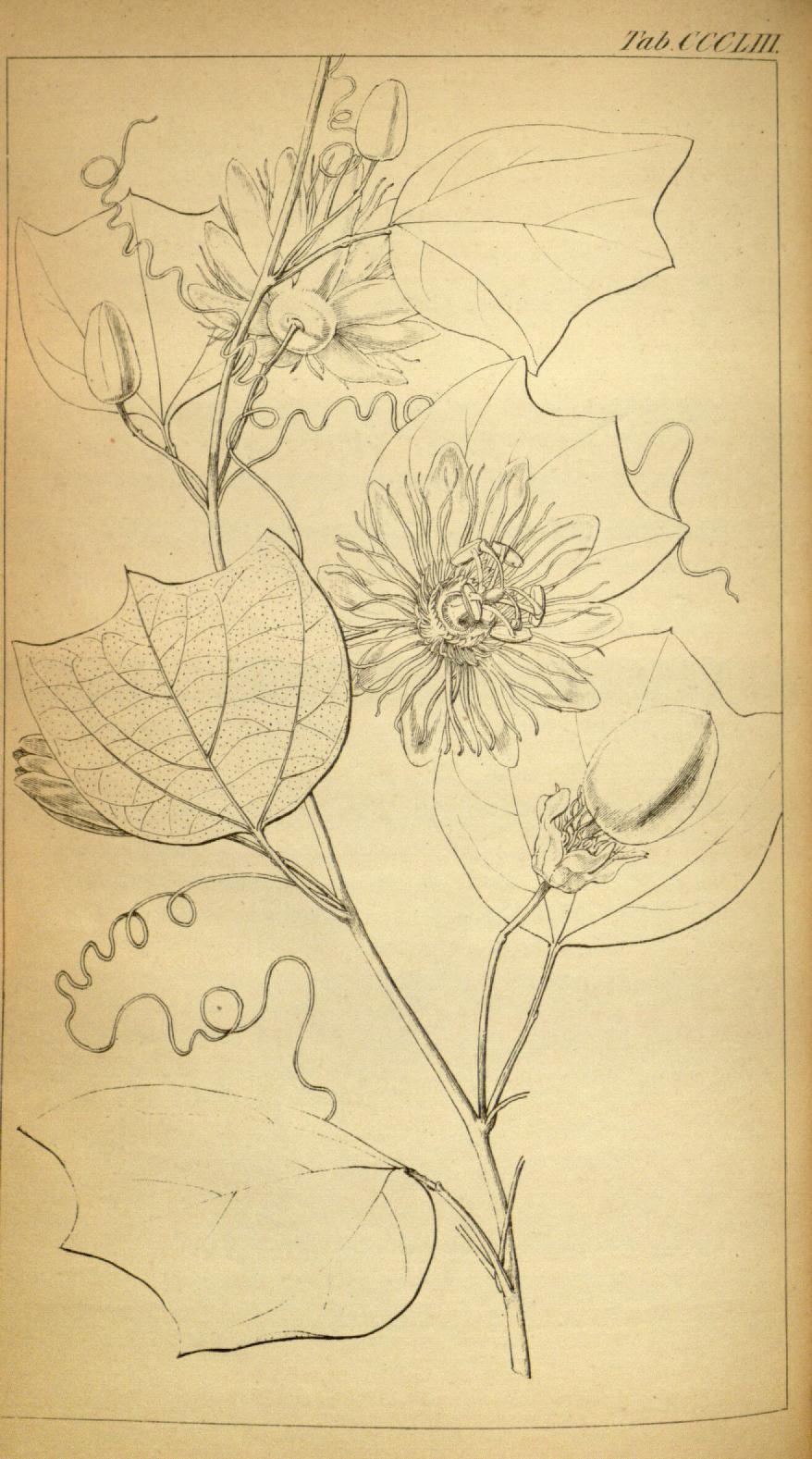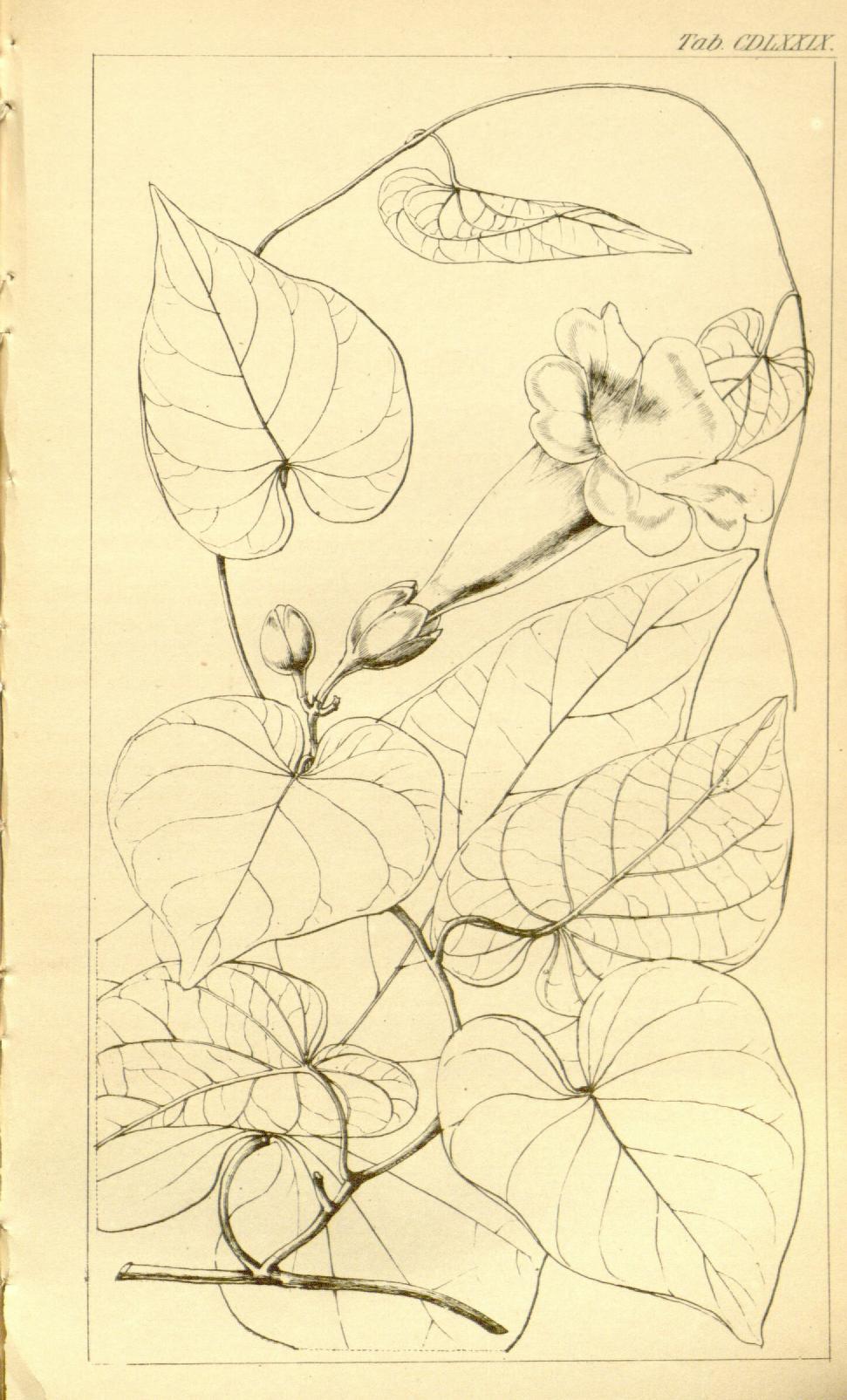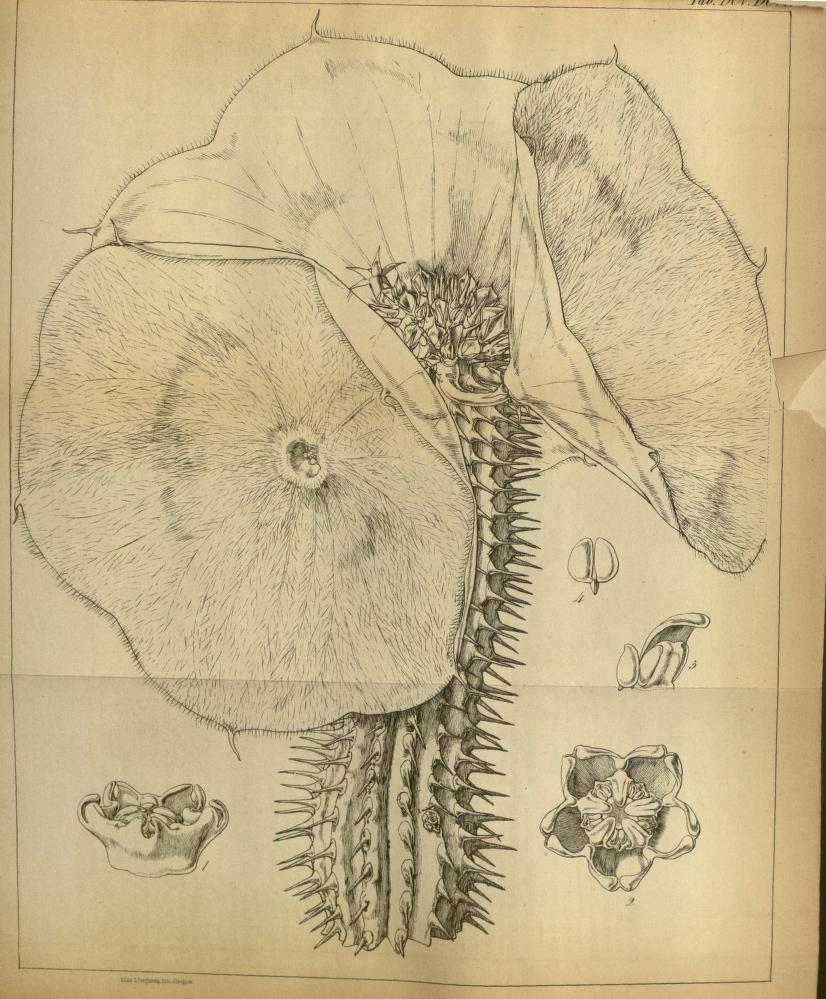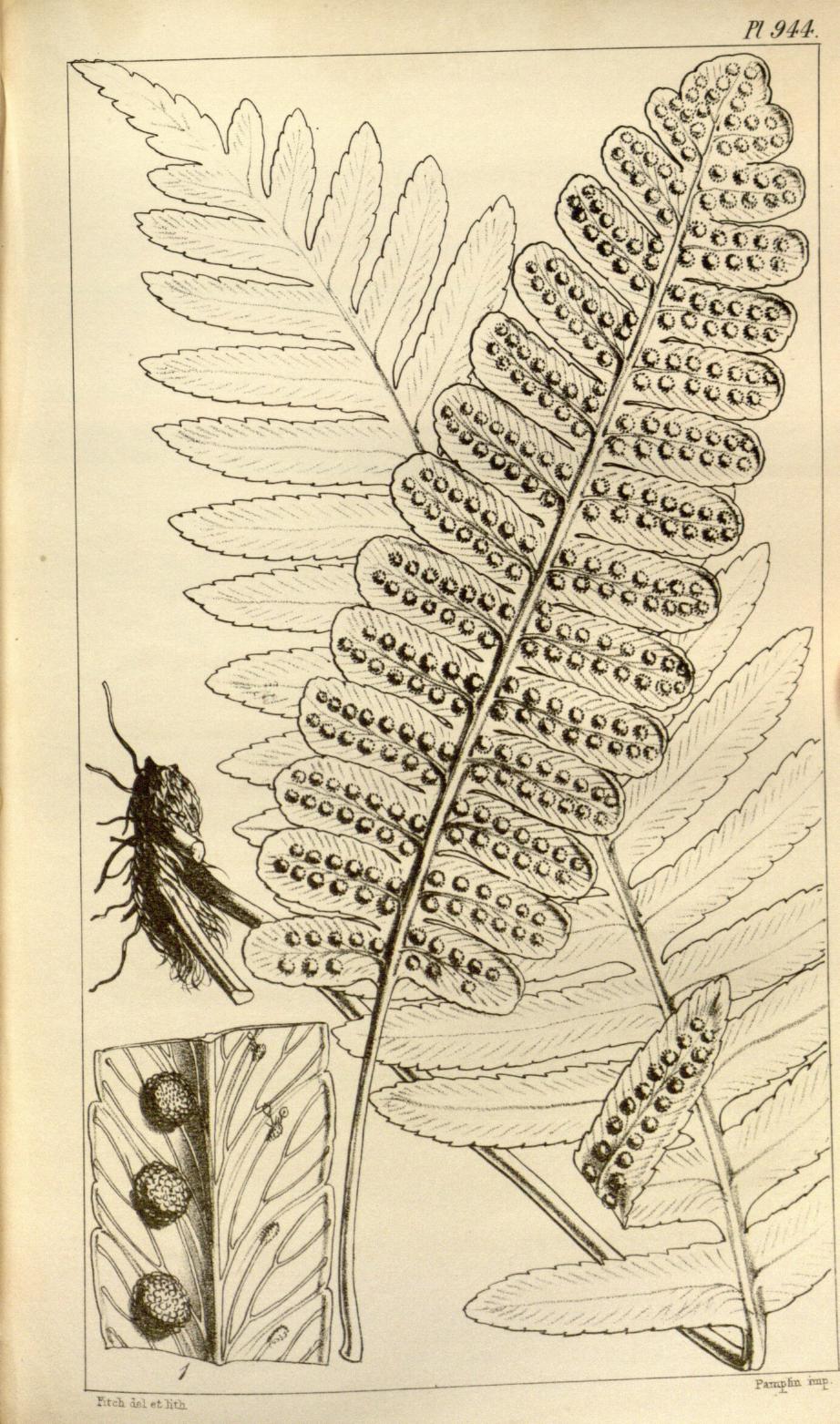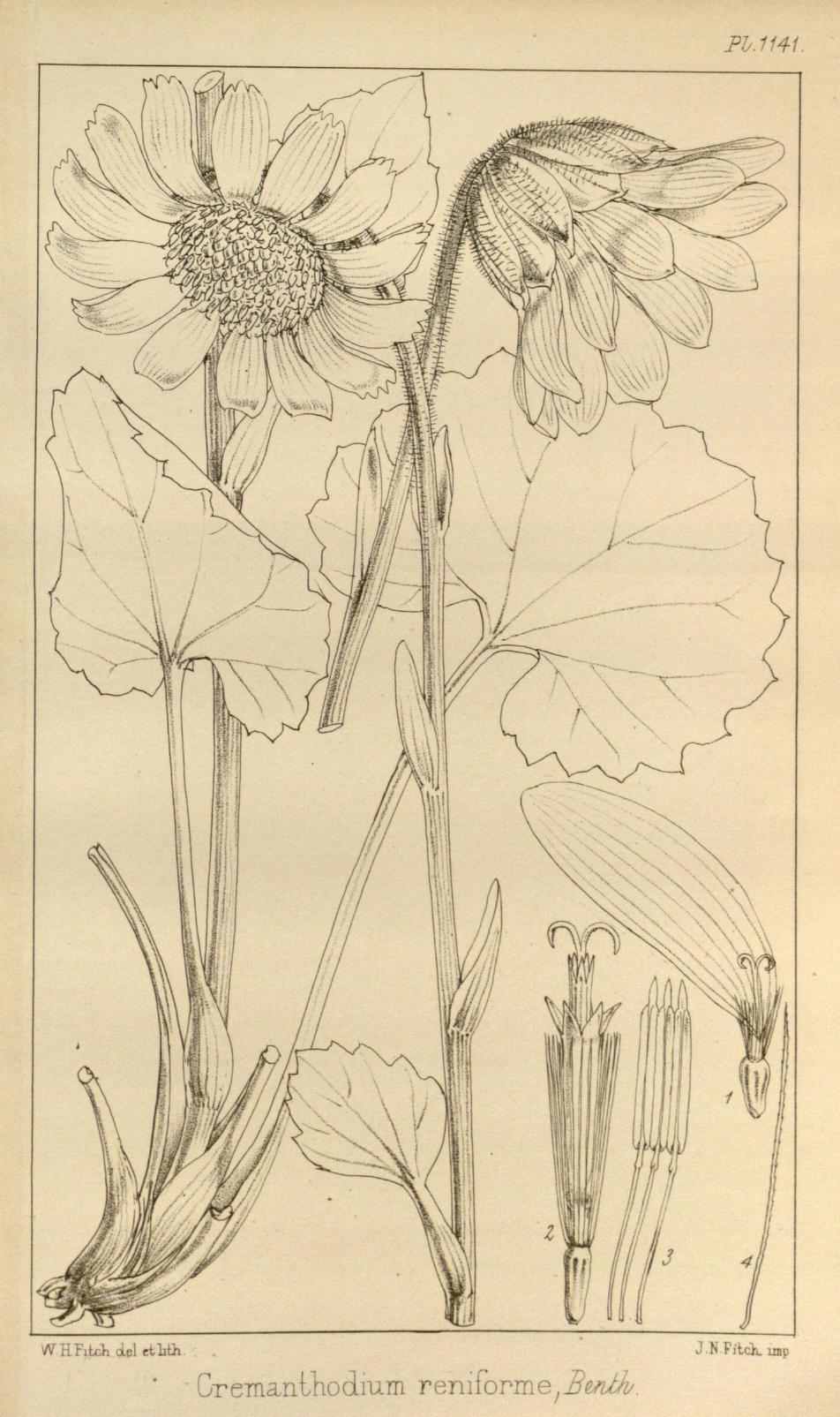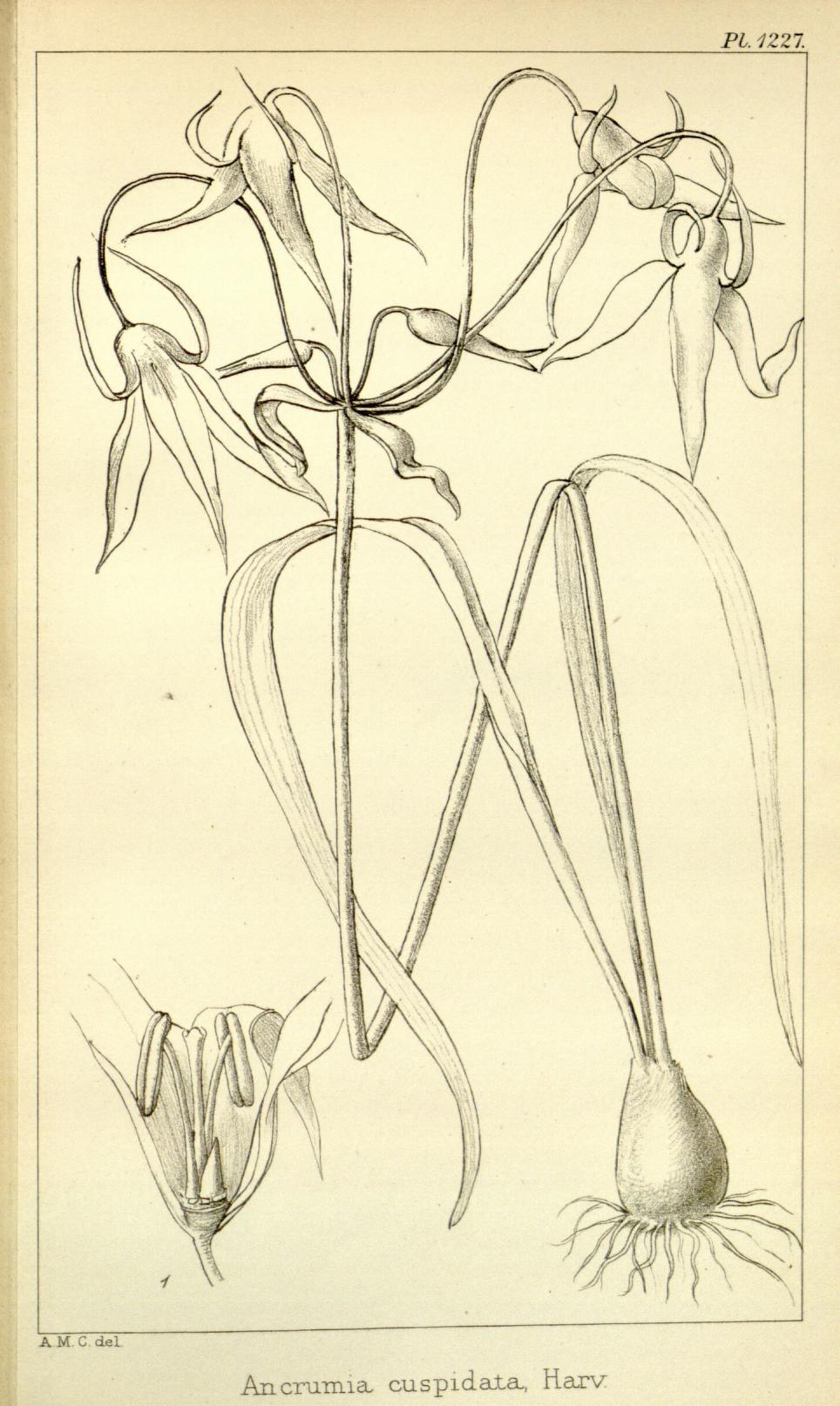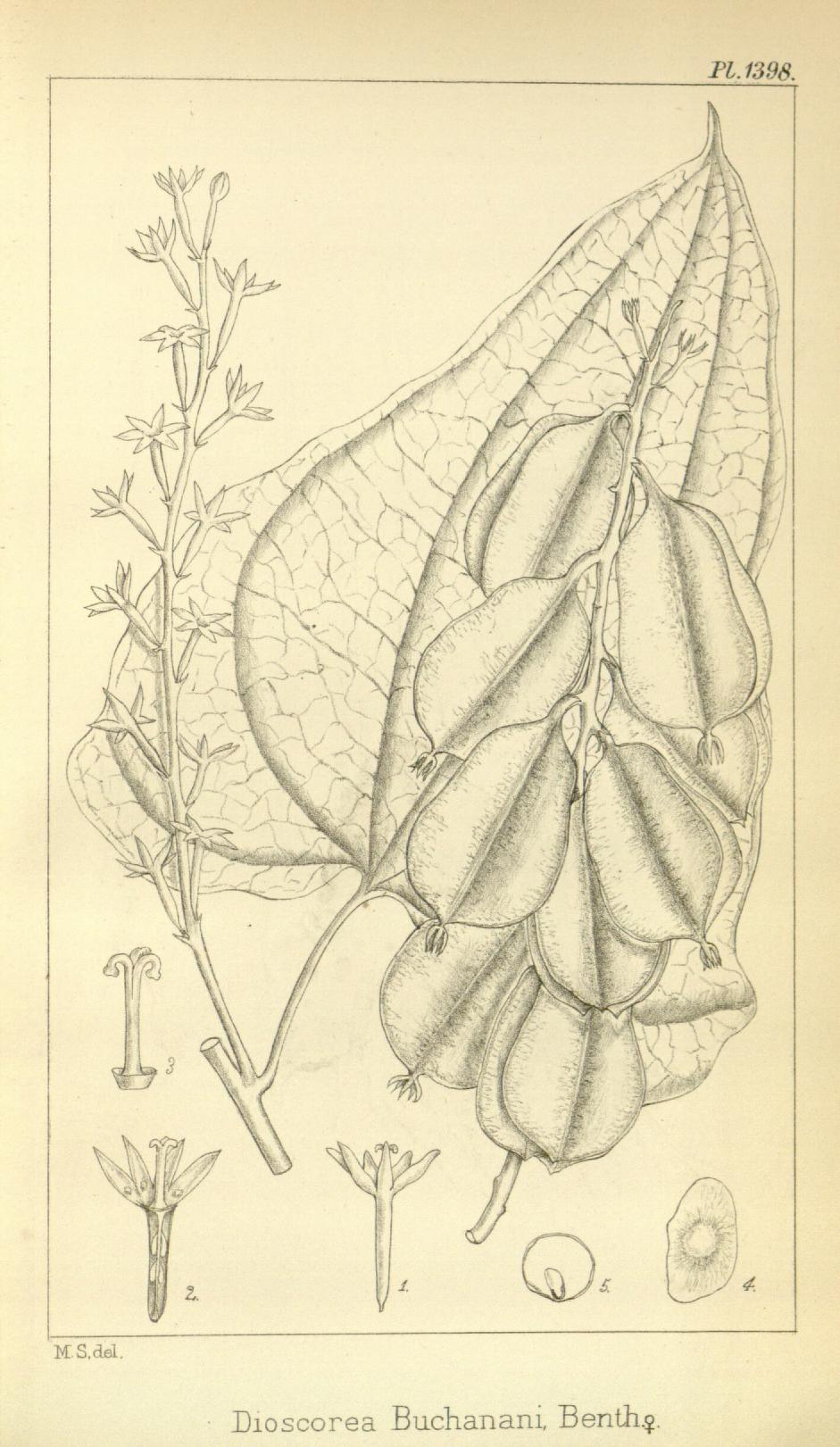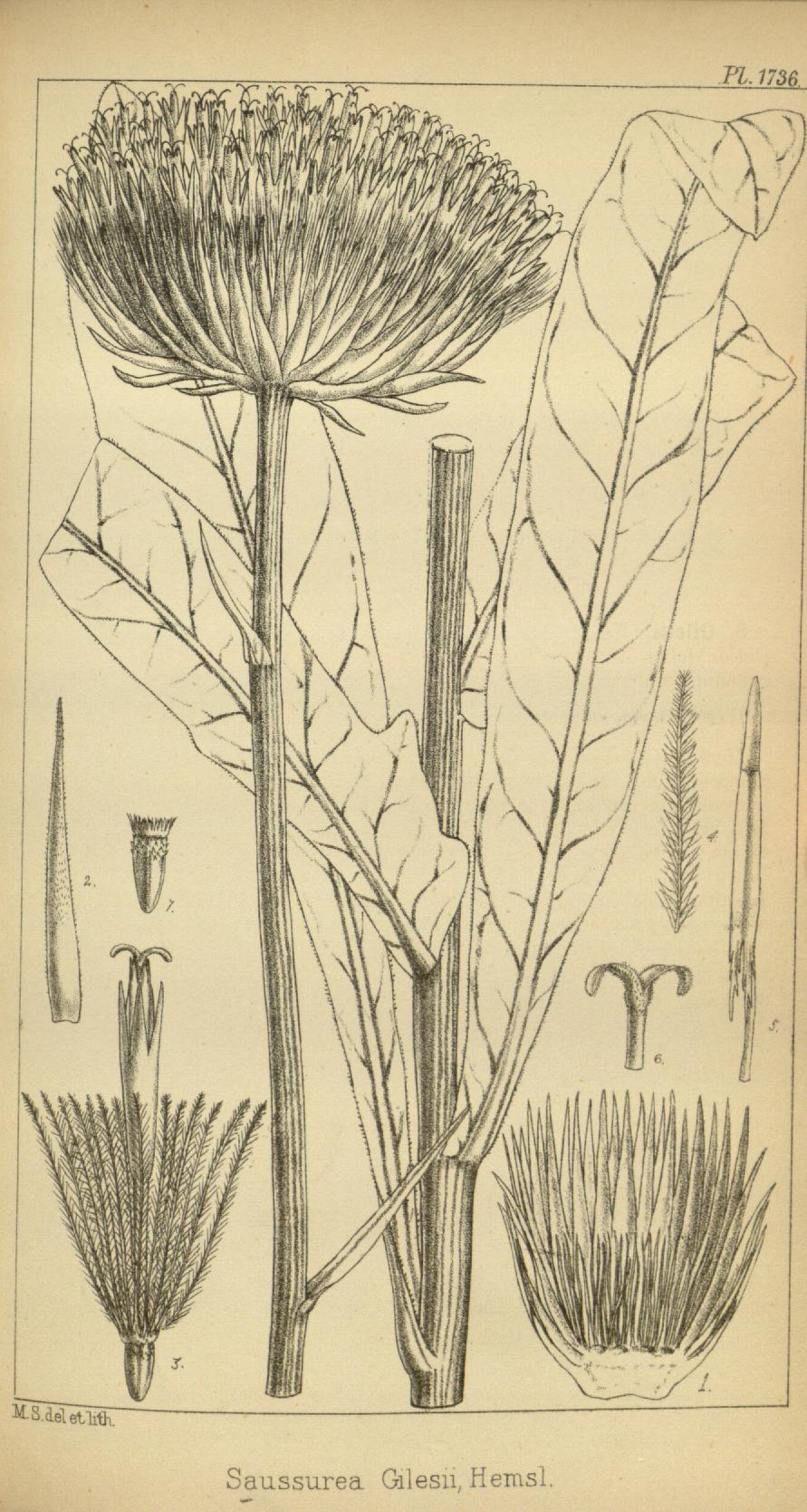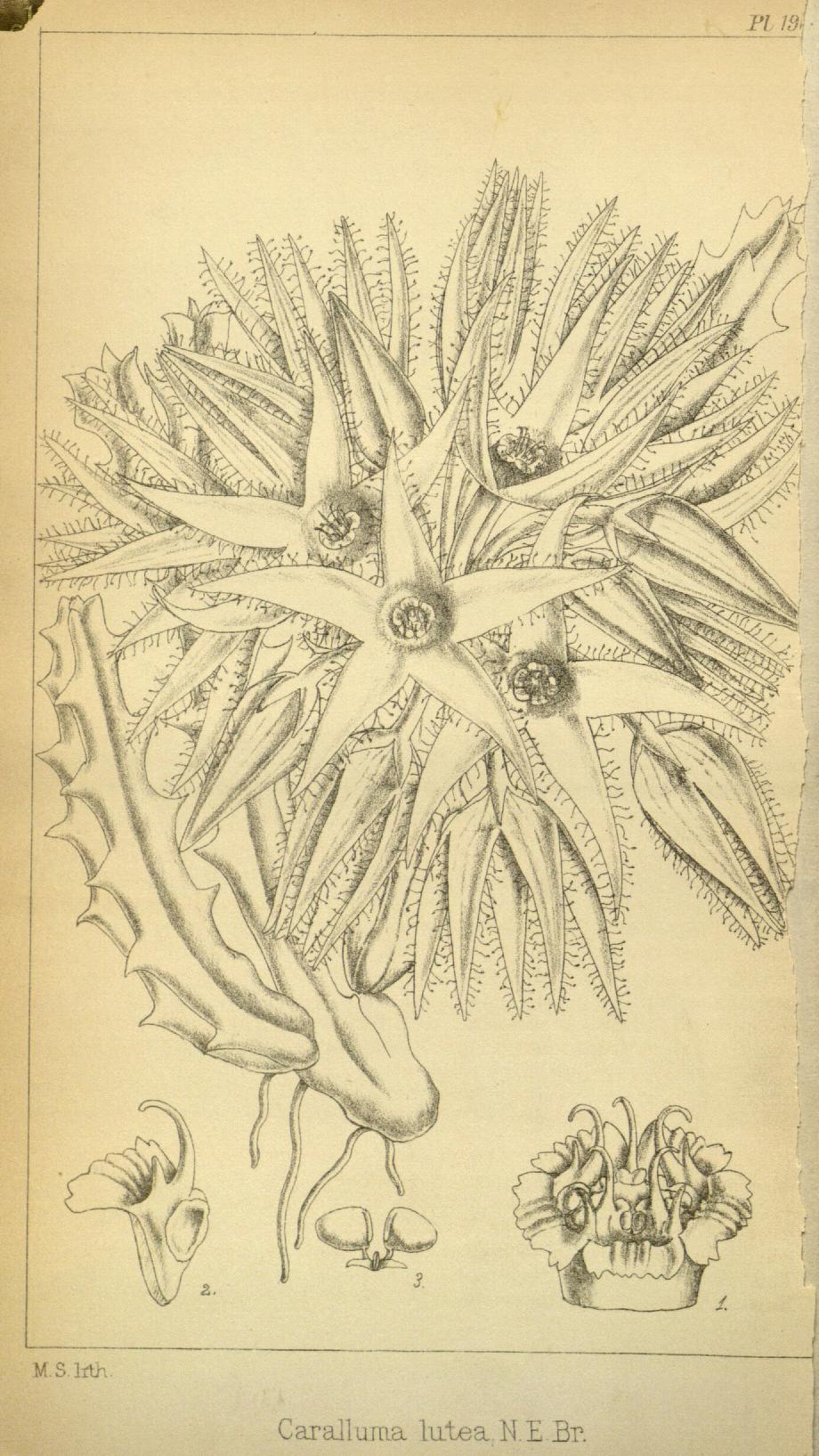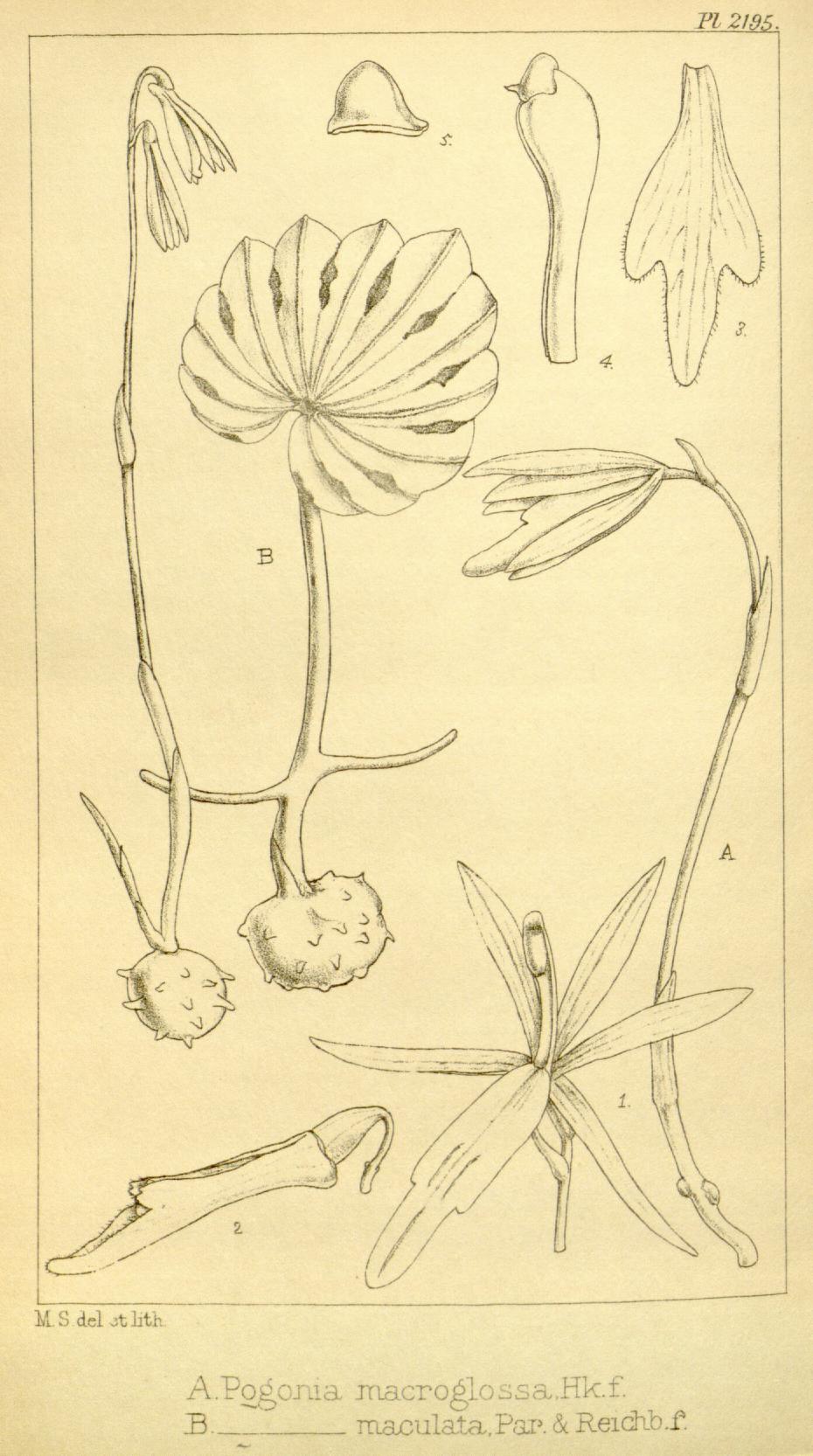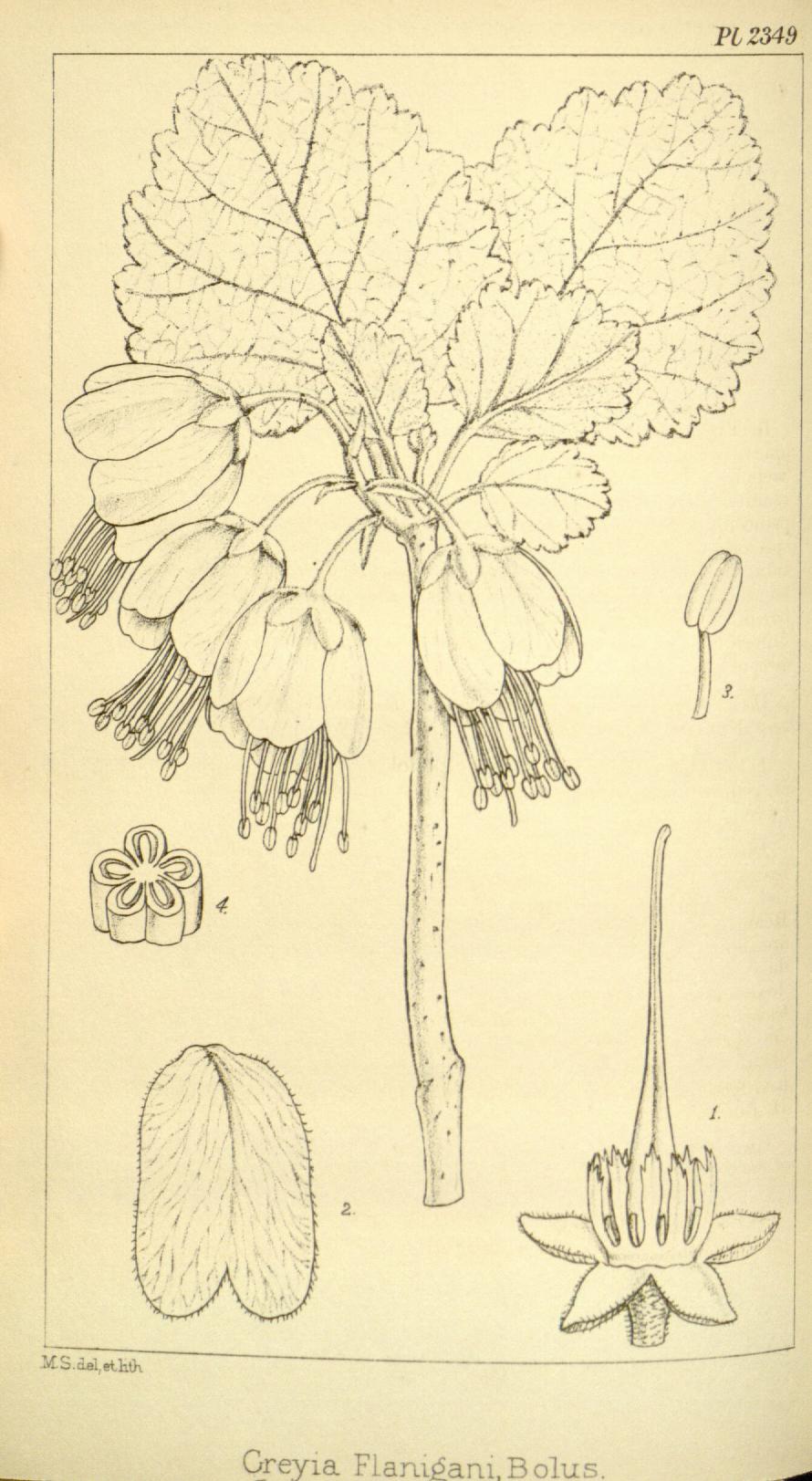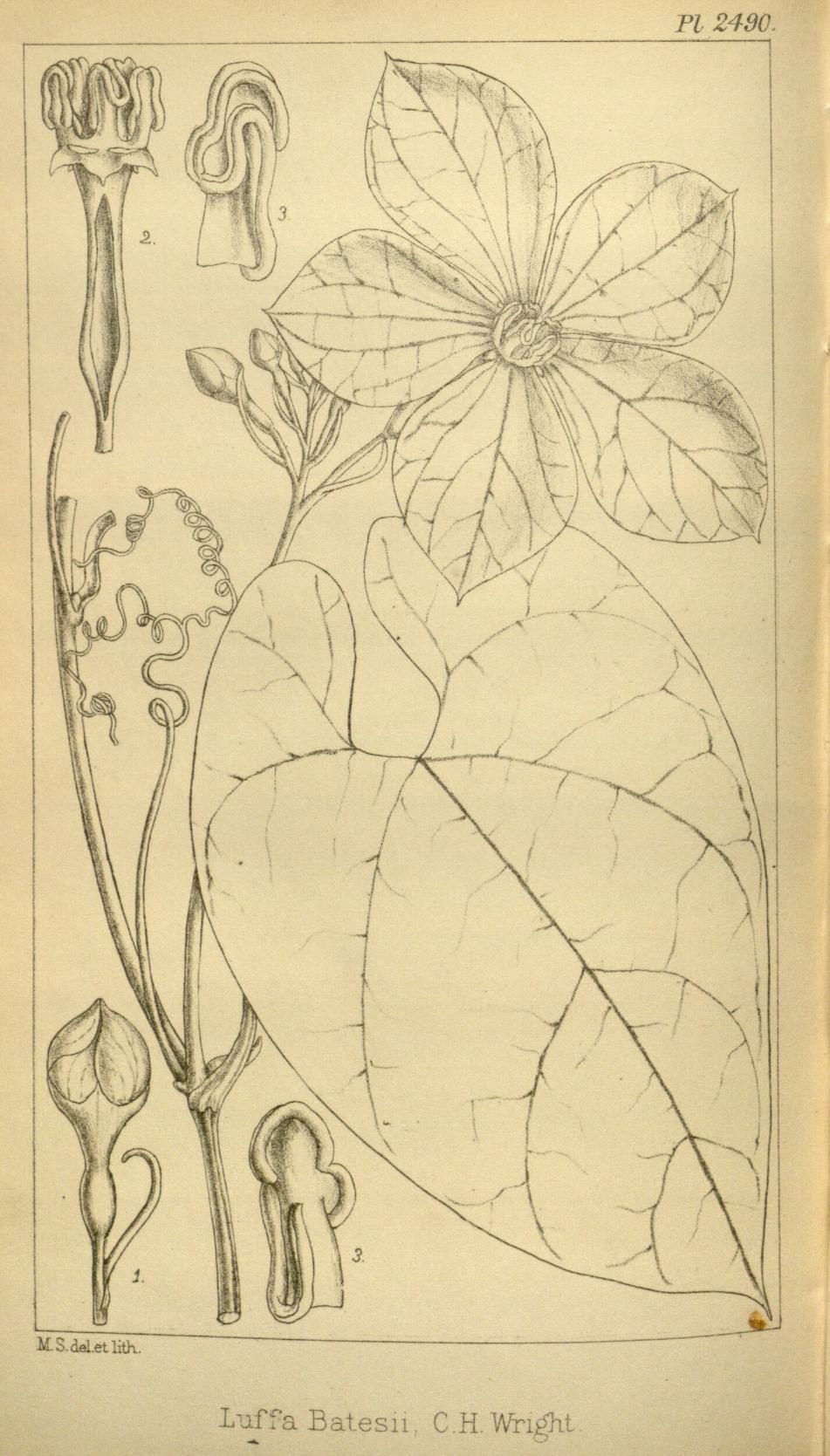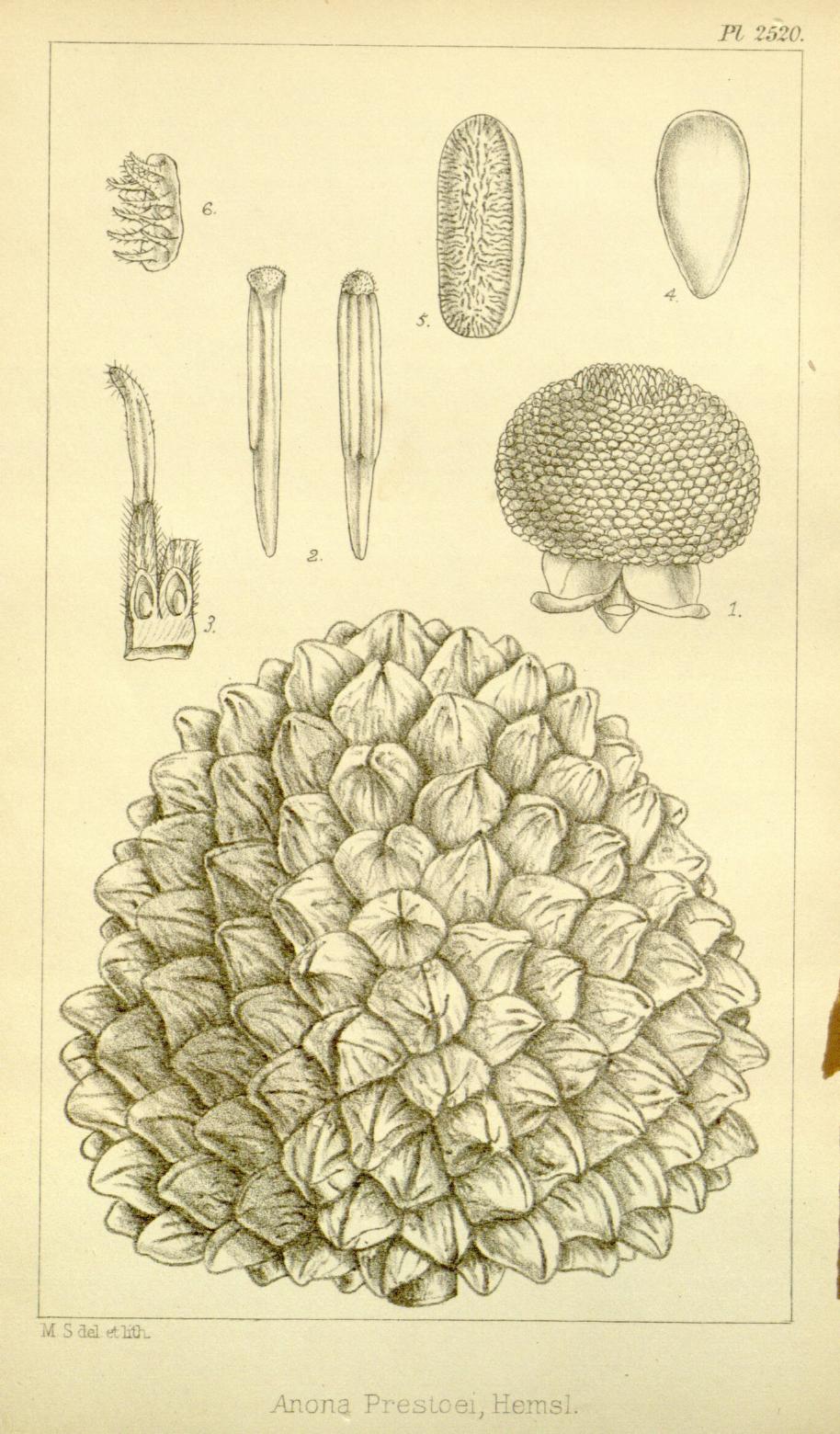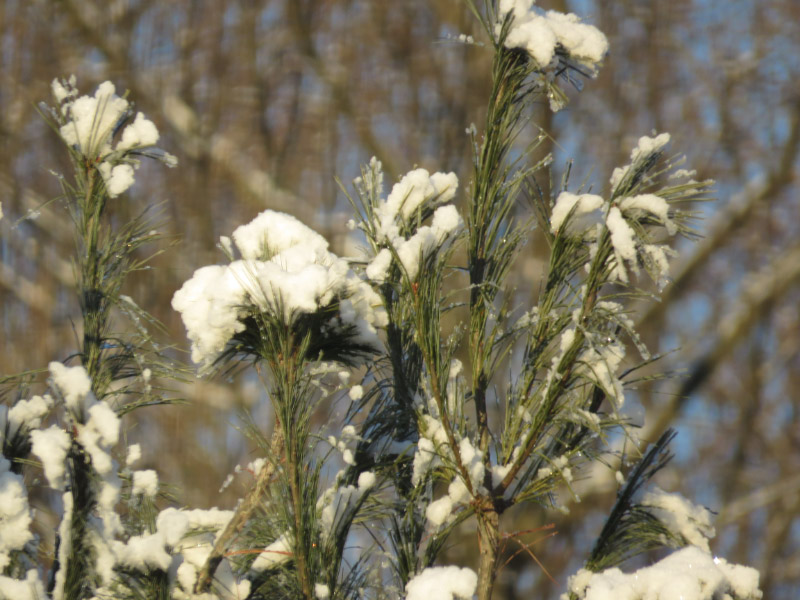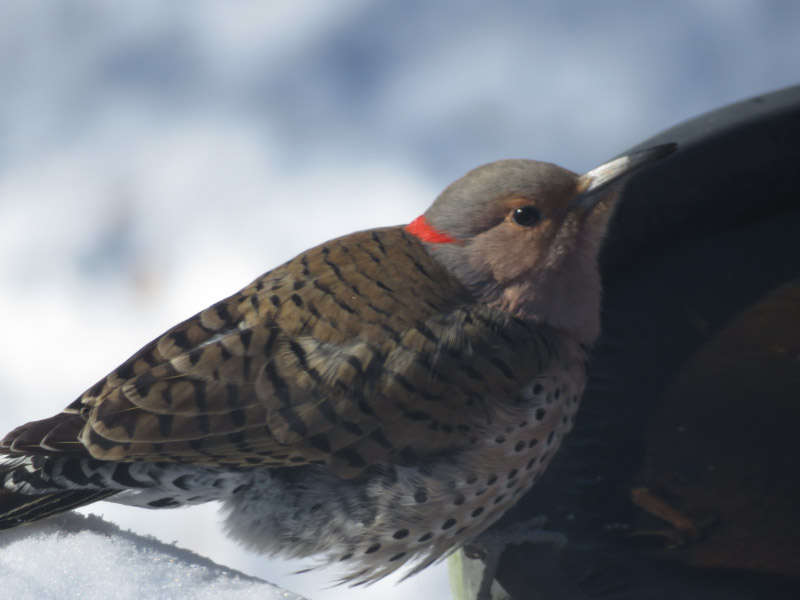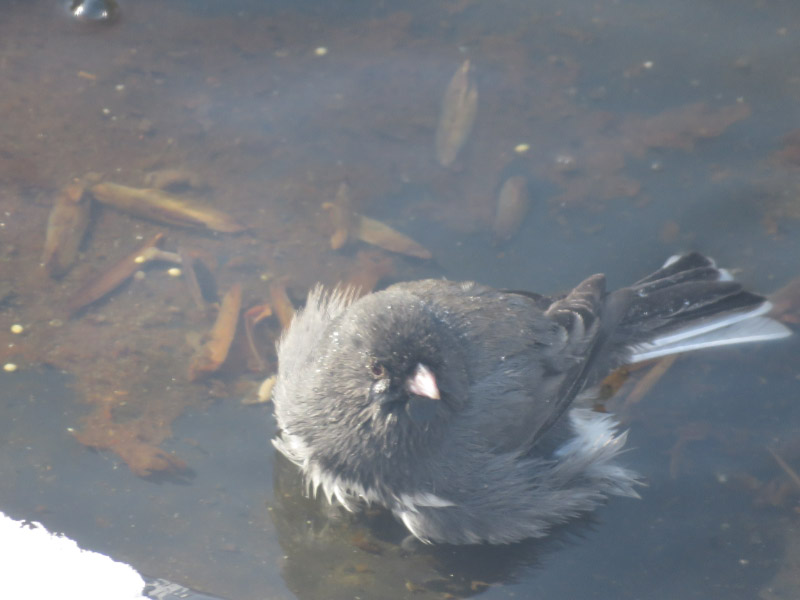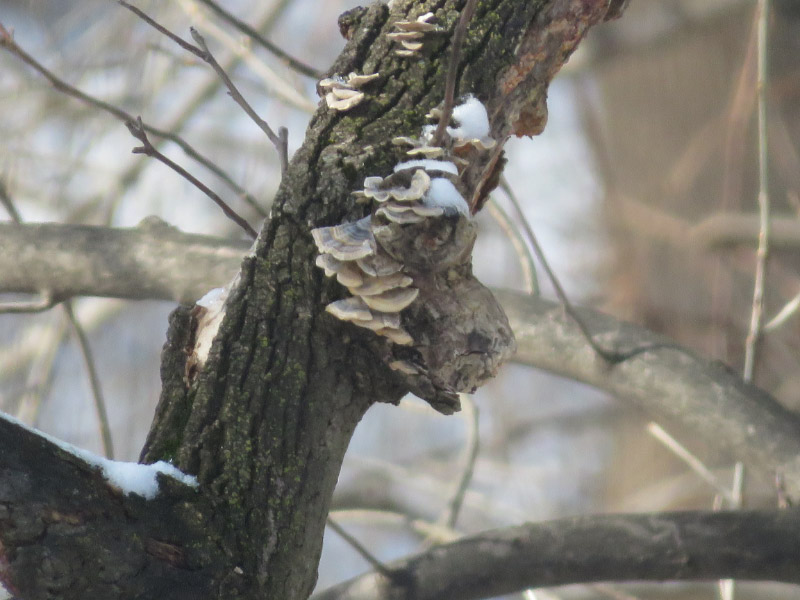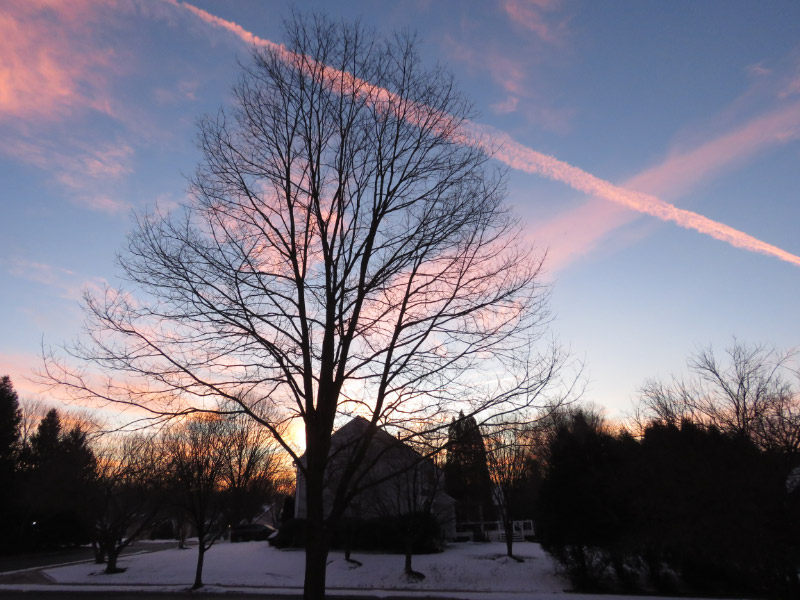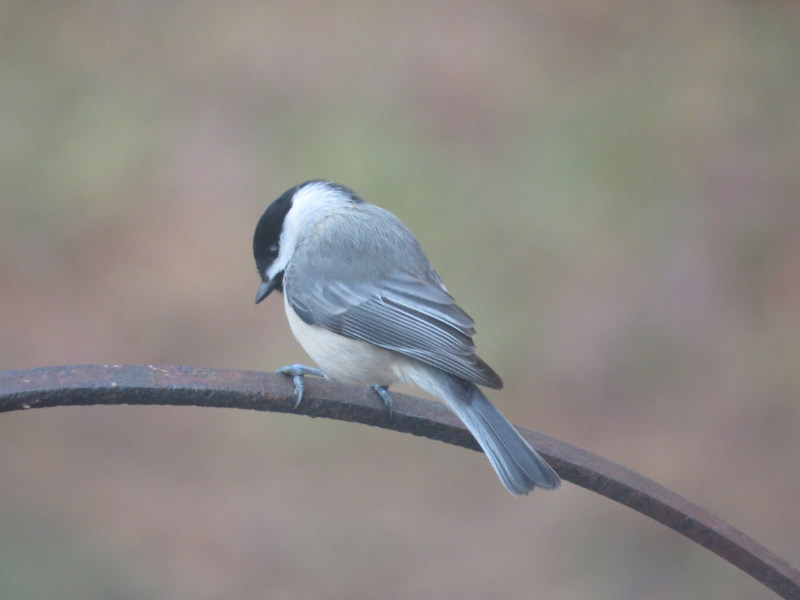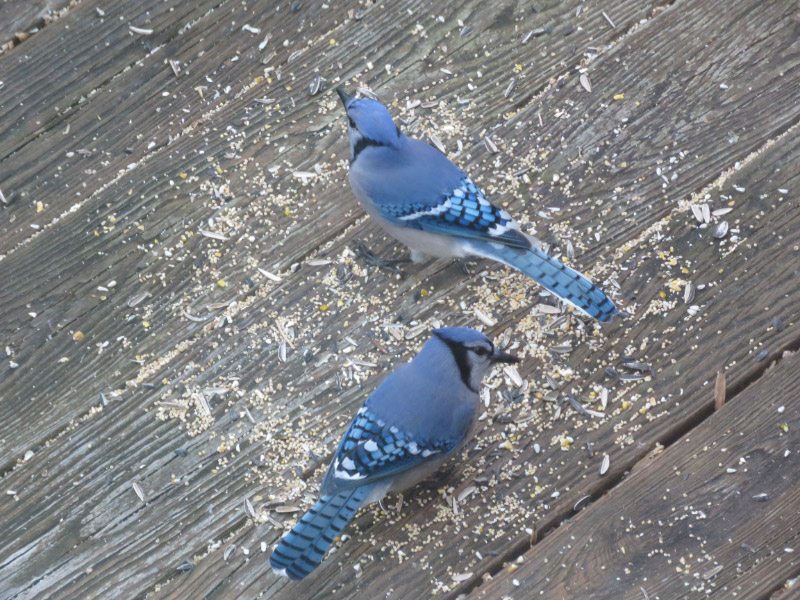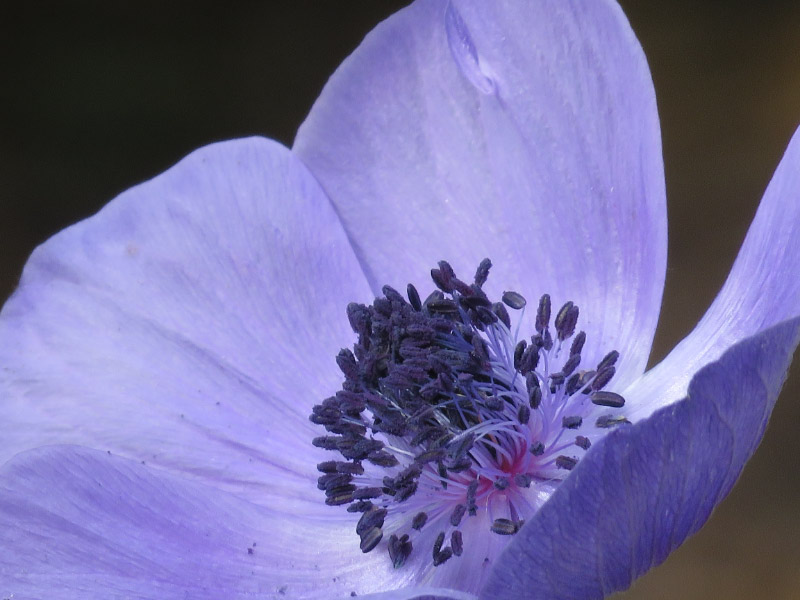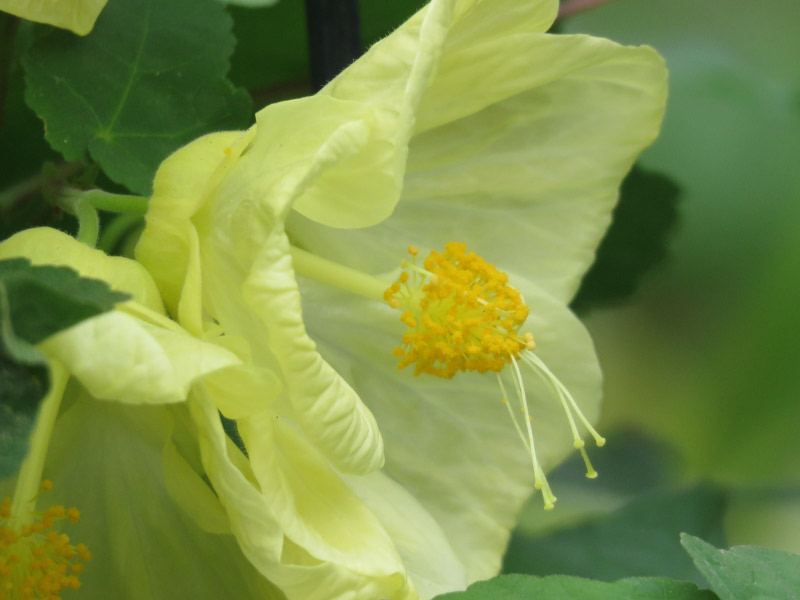Gleanings of the Week Ending May 18, 2019
/The items below were ‘the cream’ of the articles and websites I found this past week. Click on the light green text to look at the article.
Beautiful Photos by Manuelo Bececco Captures the Essence of the Forest – Awesome views of the forest…mostly looking upward.
IYPT 2019 Elements 023: Vanadium: Hardened steel and yellow blood | Compound Interest – Vanabins are vanadium-binding proteins that make sea cucumber blood yellow!
Titanium: Sunscreens and space stations | Compound Interest – Lots of makeup and other cosmetics have titanium (for its sunscreen properties) and fighter jets do too!
Marine Viruses Detailed from Pole to Pole | Technology Networks – There are a lot more viruses than previous cataloged in the ocean. The are in roughly 5 groups based on location and depth. The Arctic Ocean has high viral diversity…higher than at the equator.
NASA's Cassini reveals surprises with Titan's lakes -- ScienceDaily – The data from Cassini’s final flyby of Titan in 2017 has revealed that the lakes in its northern hemisphere are more then 300 feet deep and are methane. Lots more science still to come as more analysis of the Cassini data is done.
Could high-flying drones power your home one day? - BBC News – How could this not cause problems with aircraft if it was widespread? Both the drone and the tether could cause problems.
Top 25 Wild Bird Photographs of the Week: Passerines – Always room on the gleanings list for bird photographs!
Four ways to attract birds and butterflies – Native plants, bird bath, brush pile in my yard….3 of 4 is not bad!
Black, Hot Ice May Be Nature’s Most Common Form of Water – Superionic ice – a new kind of ice crystal with the oxygen atoms forming a cubic lattice and the hydrogen atoms flowing like liquid through the rigid cage of oxygens.
We’ll soon know the exact air pollution from every power plant in the world. That’s huge. –It won’t just be regulators and politicians that can see the data…it will be accessible by the public too. It will become a lot clearer to everyone which power plants are negatively impacting air quality.


